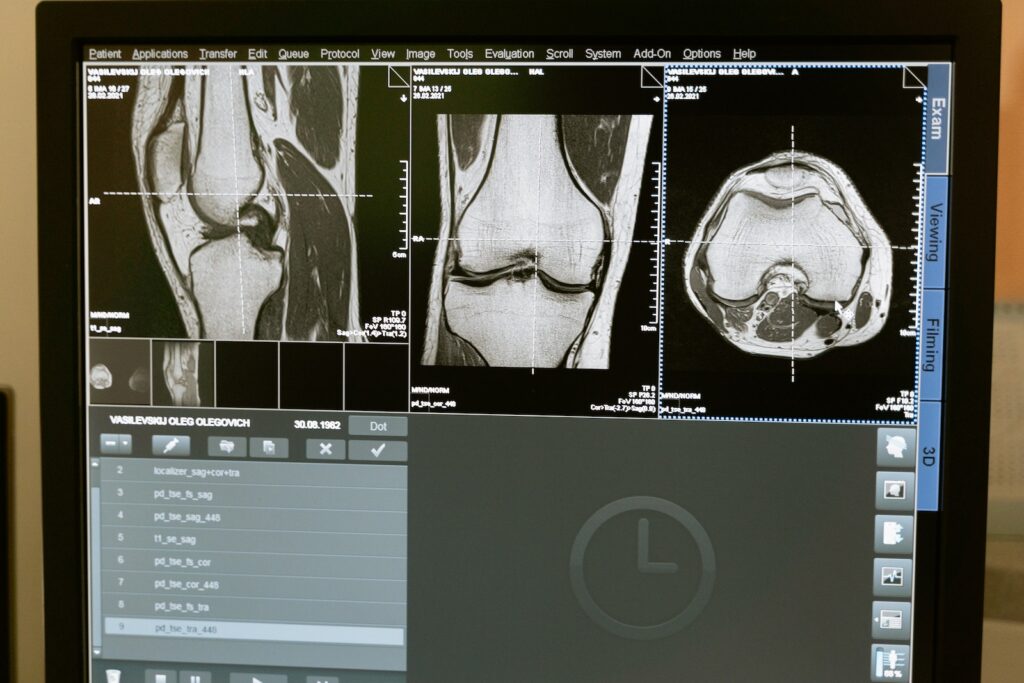Introduction
In a groundbreaking achievement, scientists have successfully captured the image of world’s first X-ray of a single atom, revolutionizing our understanding of chemistry at the tiniest scale. This remarkable breakthrough opens new doors for exploring the intricacies of atomic structures and their chemical behaviors. In this article, we delve into the details of this remarkable feat and its implications for the field of chemistry.
Unveiling the Atom’s Secrets
The Power of X-Ray Imaging
X-ray imaging has long been a vital tool in various scientific fields, providing valuable insights into the internal structures of objects. However, until now, capturing images at the atomic level has been an immense challenge due to the minuscule size of atoms. With recent advancements in technology and the development of innovative imaging techniques, scientists have managed to overcome this hurdle, allowing us to peer into the world of atoms like never before.

The Breakthrough Experiment
Led by a team of brilliant researchers, the groundbreaking experiment was conducted using state-of-the-art equipment, including an advanced X-ray microscope and highly sensitive detectors. By carefully positioning a single atom of an element under examination and subjecting it to intense X-ray radiation, they were able to capture an astonishingly detailed image of the atom’s structure.
Unprecedented Insight into Atomic Chemistry
The X-ray image revealed intricate details of the atom’s electron cloud and the arrangement of its constituent particles. This level of precision offers invaluable information about the atom’s electronic configuration, providing a deeper understanding of how atoms interact, bond, and form compounds. Scientists can now explore chemical reactions at their fundamental level, unraveling the mysteries of atomic-scale transformations.

Implications for Chemistry and Beyond
Advancing Materials Science
The ability to visualize and analyze individual atoms opens up exciting possibilities in materials science. Researchers can now investigate the properties of materials at the atomic level, leading to the development of novel materials with tailored characteristics. This breakthrough paves the way for advancements in fields such as electronics, energy storage, and catalysis.
Precision Drug Design
Understanding the atomic interactions involved in drug-receptor binding is crucial for designing effective medications. With the newfound capability of observing atoms directly, scientists can gain deeper insights into the molecular mechanisms of drug action. This knowledge will enable more precise drug design and facilitate the development of targeted therapies for various diseases.
Pushing the Boundaries of Scientific Discovery
The world’s first X-ray image of a single atom represents a significant milestone in scientific exploration. It demonstrates the immense potential of human ingenuity and our relentless pursuit of knowledge. As we continue to push the boundaries of what is possible, we can expect further breakthroughs that will reshape our understanding of the universe and drive technological advancements.
Conclusion
The world’s first X-ray image of a single atom has propelled us into a new era of atomic-scale exploration. Through this remarkable achievement, scientists have unlocked the door to a wealth of information about the fundamental building blocks of matter. The insights gained from this breakthrough will undoubtedly shape the future of chemistry and numerous other scientific disciplines. As we stand on the precipice of further discoveries, we can only imagine the incredible insights and innovations that lie ahead.
In the diagram above, we showcase a simplified representation of an atom’s structure. The nucleus, containing protons and neutrons, is surrounded by orbiting electrons in distinct energy levels or shells. This diagram illustrates the complexity and organization of atoms, which the X-ray imaging technique has allowed us to explore in unprecedented detail.
(Note: The above diagram is a simplified representation for illustrative purposes and may not reflect the exact arrangement of electrons within an atom.)


